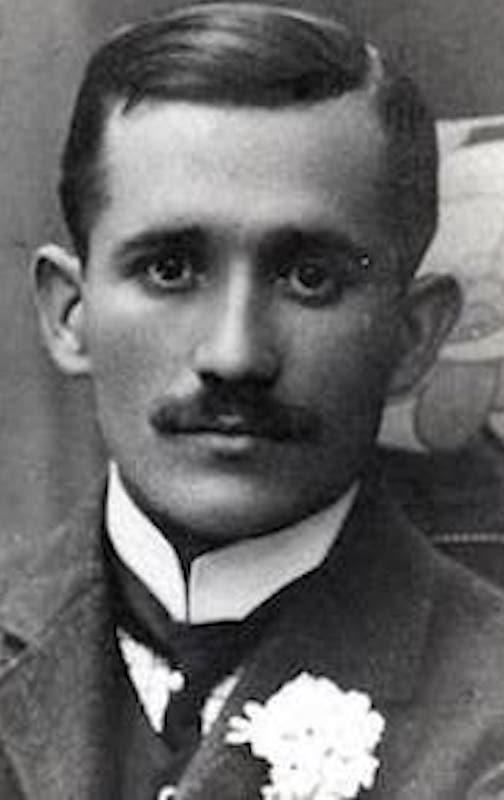Maróti, Géza
Name
Maróti, Géza
Gender
Male
Birth
March 1, 1875 Červený Hrádok
Death
1941 Budapest
Descriptive Note
Géza Maróti (1875-1941) was a Hungarian architect, sculptor, painter, and applied artist. Raised in a rural merchant family, Maróti began his career as a wood carver and stone carver's apprentice. He then studied drawing in Budapest and sculpting at the academy of Vienna. He opened his studio in 1900 and completed numerous commissions both as an architect and sculptor for public building projects. The Liszt Ferenz Music Academy (1907) in Budapest is adorned with Maroti's sculptures. He created significant memorials, including the shrines of Pál György and György Ráth at the Kerepesi cemetery.
Maróti sculptures and mosaic works also grace the Palacio de Bellas Artes in Mexico City, and the Fisher Building, the Foreman Bank Building, Hudson Motor Co building, and Times Building, in Detroit. He also designed the Trianon National Flag monument from Zebegény to commemorate the centennary of the Peace Treaty signed in Trianon in 1920. He created the exterior and interior ornamental sculpturing of the Cranbrook Academy of Art in Detroit(1921–1923). Later (1923–1929) he worked with American architect Albert Kahn in Detroit on the Fischer Building, Foreman Bank Building, Hudson Motor Co building, and Times Building.
He taught modelling at the Technical University between 1905 and 1913 and played a key role in designing the Hungarian exhibit at the International Exhibition of Milan in 1906. He also designed the permanent Hungarian exhibition hall in Venice (1907–1909). Many of his designs are in the Archives of the Museum of Applied Arts in Budapest.
In Turin 1911, he displayed the Sepulchral Monument of György Ráth (1905-09) in the Hungarian Pavilion (now at Kerepesi Cemetery, Budapest), and designed the Pavilion's Budapest room with its octagonal flower stand and exquisite furniture pieces.
Roles
Artists (Visual Artists), Sculptors
Related Locations
Related Built Environment Objects


